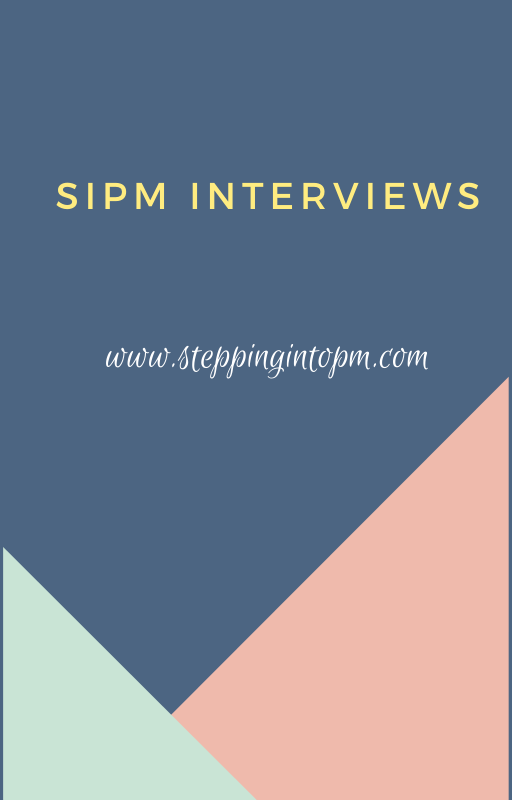This is a guest post by Elizabeth Harrin.
Most
projects have a post-implementation review (PIR), also known as a project
post-mortem or post-project review. This is often the only opportunity to
assess success on a project, especially if your organization doesn't have a
more robust method of benefits tracking over the long term.
Often the
stakeholders are involved in a PIR. You may or may not choose to involve
suppliers as well. Normally the whole project team will be asked to contribute,
either in a big workshop-style meeting or in a series of smaller sessions.
PIRs
mainly cover process things, like how we managed schedule changes as a team, or
whether our monthly reporting schedule gave everyone the information they
needed. Aside from the process topics during a PIR, it is also an opportunity
to discuss statistics and metrics related to the project. These are normally
backward-looking. What was the percentage of effort spent on testing? How many
days did it take the quality team to audit the deliverables? These metrics and
calculations can then be incorporated into future projects so that initiatives
going forward have the benefit of experience and hindsight.
This is
great, but this type of PIR doesn't help the project stakeholders. After all,
for them, the project is over.
So why do we do post-implementation reviews?
Traditionally,
a post-implementation review is the only way that project managers have to
determine whether or not their project has been a success. You set success
criteria at the beginning of the project and then at the end you pull them out
of the drawer and have a meeting to decide if you hit them or not.
We do PIRs
because it’s a way to assess performance and to gather data, and typically we
look at retrospective measures.
We do them
because we’re in the habit of doing them, and because our methodologies and
standards say that we should.
What are the limitations of PIRs?
For me, there
are two issues with PIRs: they only happen at the end of projects and they
mainly focus on the project management principles and methods used. They don’t
make the distinction between the success of the project and the success of the
project management effort, and they mainly focus on the latter.
Sometimes
customers will be asked to feed into the project evaluation process, but at
that point it is too late to do anything practical about their comments. If
they complain that they weren’t kept up to date, you cannot go back in time and
provide more information on a regular basis. It is a case of, ‘How can I help
you now it is too late?’ In fact, research from South Africa shows that project
sponsors prefer a proactive approach to feedback over the post-implementation
review process. They chose to work collaboratively with the project manager
during the project to ensure that their expectations were met.
Of course,
PIR discussions are immensely valuable for continuous process improvement, and I
am not suggesting that you stop using this technique. Focusing on project
management principles and methods used is essential to improve organizational
project management processes. Could we have done better risk management? What
scheduling lessons were learned? A good PIR meeting should discuss what went
well and what did not go so well with this project, and this is great
information for project managers and teams. If you don’t cover this stuff, you
won’t learn how to do things better next time.
So, while
PIRs have their limitations, don’t stop doing them! I suggest you start doing
something else as well.
Continuous reviews are the future
I would
advocate continuous reviews. Review project success on a monthly basis with the
main stakeholder or key stakeholders. There’s a lot of talk about ‘engagement’
but not a lot of practical advice about how to actually do it – sitting down
with your stakeholders and talking to them regularly is an easy (and cheap) way
to build engagement.
It’s just
about talking to people, so it doesn’t take up much time, but continuous
structured reviews do give you data in the same way that PIRs do. On top of
that, talking to them also gives you data you can actually act on, so you avoid
this ‘how can I help you now it’s too late’ problem.
You can
ask people to score how you are managing their projects on a scale from 1 to
10. You can ask them the same set of questions month-on-month so that you can
see if you are doing better. You can monitor their feedback over the long term,
tweaking your project management approach and the project deliverable themselves, so that at the end of the project the stakeholders actually get
what they want, in the way that they want it.
That’s got to be better than saving all the
feedback until the end, don’t you think?
Elizabeth Harrin is the co-author of
Customer-Centric Project Management (Gower, 2012). She writes the award-winning
blog, A Girl’s Guide to Project Management (www.GirlsGuideToPM.com) and is
Director of project communications company The Otobos Group.
(Pic Courtesy: E. Harrin)












